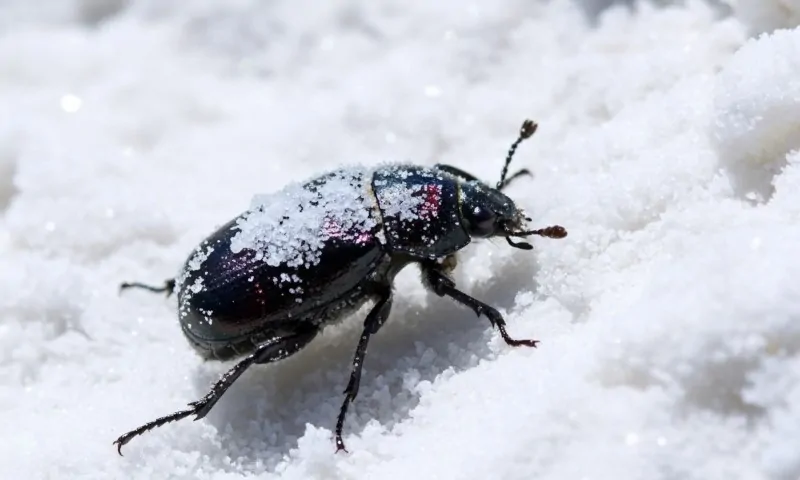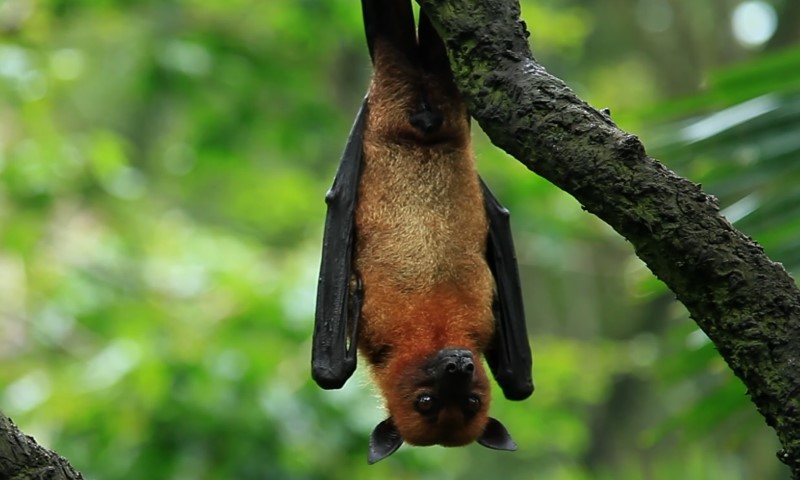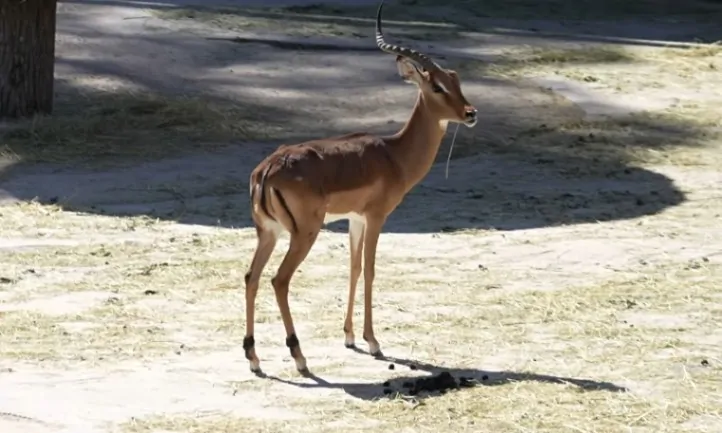Namibia’s desert climate pushes life to extremes. With harsh winds, scorching temperatures, and minimal rainfall, survival depends on adaptation. Water-storing plants serve as life-saving reservoirs, supporting entire ecosystems where little else can grow.
Several species have mastered this arid world through ingenious survival strategies. Their presence of water-storing plants in Namibia shows the resilience and ingenuity required to persist in one of Earth’s driest places.
Without further ado, let us talk about Namibian water-storing plants in greater detail.
Table of Contents
ToggleWelwitschia Mirabilis
Welwitschia mirabilis has baffled scientists and delighted naturalists with its strange biology and improbable survival. Found primarily in the Namib Desert, it grows with just two leaves over its entire lifespan.
These leaves never fall off. Instead, they grow continuously, curling, splitting, and forming tangled masses that stretch across the sand.
With an estimated lifespan reaching up to 2,000 years, the plant ages slowly. Evolution has shaped it into a botanical anomaly that defies conventional rules of growth.
Beneath the sand, it grows a stout, woody stem that holds reserves of moisture and nutrients for lean seasons. Thick, corky tissue prevents dehydration while offering structural protection.
- Two continuous leaves: Never replaced, just expanding and weathering over time
- Taproot system: Penetrates deep into the soil to access underground moisture
- Waxy leaf coating: Minimizes water loss and shields from intense solar radiation
- Fog harvesting ability: Captures moisture using its leaf surface structure
- Slow metabolic rate: Reduces energy and water demands, sustaining the plant for centuries
Often referred to as a “living fossil,” it is the sole surviving member of an ancient plant order. Fossil evidence traces its lineage back nearly 100 million years, offering a glimpse into prehistoric vegetation.
Its growth cycle reflects incredible patience, with reproductive maturity arriving only after several decades.
Nara Melon (Acanthosicyos horridus)
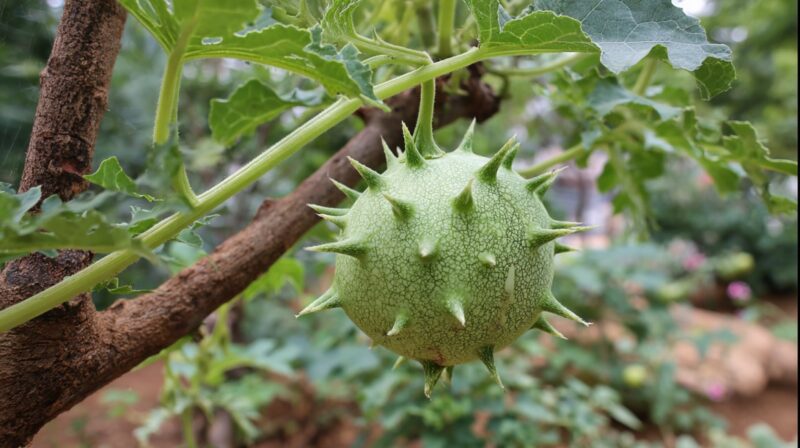
Nara melon dominates the shifting dunes near the Kuiseb River, thriving in one of the most water-starved places on Earth.
Unlike most water-storing plants, it has no leaves. Thick, green stems carry out photosynthesis and are covered in formidable thorns that help deter animals.
Its influence on the environment extends far beyond its physical size. As sand collects around its base and stems, the plant helps shape and stabilize the desert terrain.
Over time, it builds its small dune, altering airflow and creating habitat for insects and small animals.
- Leafless, thorny stems: Conduct photosynthesis while minimizing water loss
- Sprawling ground-level structure: Traps and stabilizes sand, forming natural dunes
- Deep root systems: Access underground water reserves that are out of reach for most vegetation
- Moisture-rich fruit: Provides hydration and nutrients to both humans and desert wildlife
The fruit is not only edible but essential. Juicy, melon-like pods grow seasonally and are collected by the Topnaar people.
These fruits supply both hydration and calories, making them critical during the dry season. They also serve as a food source for animals such as oryx, porcupines, and jackals, which dig them up during drought.
Lithops
@succulentsbox The ultimate Lithops care debate: intervene or observe? 🤔🌱 #succulents #lithops #succulentcare #lithop #succulentlove ♬ nhạc nền – Succulents Box
Lithops resemble tiny pebbles scattered across dry, rocky ground. Their mimicry makes them nearly invisible to herbivores and shields them from the punishing sun.
Their success relies on minimalism. Only a small part of the plant is visible above ground, while most remains hidden, anchored into stony soil.
Water storage takes place in thick, paired leaves that form a slit or window where light enters. Inside, photosynthesis occurs while external exposure stays minimal.
Coloration blends perfectly with their surroundings, shades of brown, gray, green, or even pink depending on soil and rock type.
- Camouflaged appearance: Avoids detection by predators and reduces heat absorption
- Paired leaves: Store moisture and house all critical functions
- Underground stem: Protects core tissues from wind and sun damage
- Seasonal flowering: Bright, daisy-like blooms signal the end of dormancy and attract pollinators
Lithops go dormant in dry periods, retreating into themselves to preserve moisture. As seasons shift and limited rains arrive, they swell and push up new leaf pairs, using stored nutrients from the old ones.
Flowering follows, providing a brief but colorful display in an otherwise monochrome setting.
These succulents are highly sought after by collectors due to their odd appearance and low maintenance needs. However, in their natural habitat, their value is ecological. They prevent soil erosion and offer small but important contributions to local biodiversity.
Hoodia
@danielhocutt We found a Hoodia Plant! #farmlife #puppy #love #namibia #naturelove #beauty #fyp #foryourpage #plantslover #plants #saveplants ♬ Indaba Ka Bani – Kabza De Small & DJ Maphorisa
Hoodia grows where others fail. With tall, spiny stems and a structure resembling a cactus, it endures intense heat and poor soils.
San hunter-gatherers have long used it as a survival aid. Chewing on its succulent flesh helped them suppress hunger and thirst during long hunting trips across the desert.
Its biology is defined by slow growth and high efficiency. The stems store water and nutrients while producing bitter compounds that discourage consumption by most animals.
- Thick, spiny stems: Store water and deter grazing
- Slow growth cycle: Builds resilience over years of environmental pressure
- Traditional medicinal use: Curbs appetite and supports human endurance
- Pharmaceutical interest: Contains active molecules with commercial potential
Interest in hoodia by pharmaceutical companies sparked research into its appetite-suppressing properties. As demand increased, wild populations came under stress. Overharvesting became a concern, especially in areas with no cultivation oversight.
In response, efforts were made to regulate trade and promote ethical sourcing. Cultivation under controlled conditions has helped protect wild populations.
Agreements have also been developed to ensure that San communities receive fair recognition and benefits for their knowledge and cultural contributions.
Hoodia’s endurance, both physical and cultural, continues to attract global attention. But without sustainable practices, its future remains uncertain.
Quiver Tree (Aloe dichotoma)
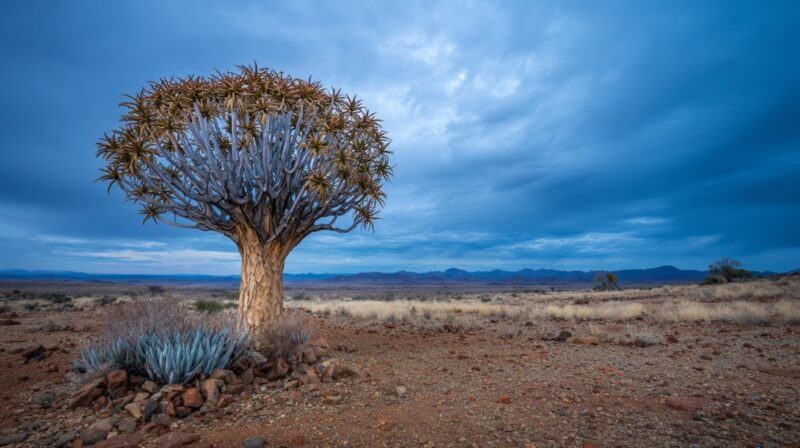
Quiver tree towers above the desert floor with a sculptural silhouette that defines many Namibian horizons. Its thick, upright trunk supports a canopy of forked branches, each tipped with rosettes of succulent, spiky leaves.
Its bark appears pale or even white due to a powdery surface that reflects sunlight.
The adaptation helps regulate internal temperature, protecting the plant’s tissues from overheating. Water is stored inside its trunk and branches, allowing it to survive months without rainfall.
- Reflective bark: Deflects heat and minimizes water loss
- Branch rosettes: Hold moisture and perform photosynthesis efficiently
- Tall vertical growth: Elevates the plant above heat-radiating ground
- Blooms during dry season: Produces bright yellow flowers, attractive to pollinators
- Resilient tissue structure: Stores water in trunk and limbs for prolonged dry periods
Historically, San communities made practical use of its hollow branches. When dried and cleaned, the branches became lightweight containers for arrows, giving the tree its name.
Even today, its cultural symbolism endures, representing survival, protection, and adaptation.
Summary
Namibia’s water-storing plants exhibit astounding adaptations in some of the world’s harshest conditions. Through specialized structures, water storage, and long-term resilience, each species plays a role in supporting desert life.
Respect for their role in ecosystem stability and cultural heritage reinforces the need for conservation.
These survivors show how life endures in even the most inhospitable places.



